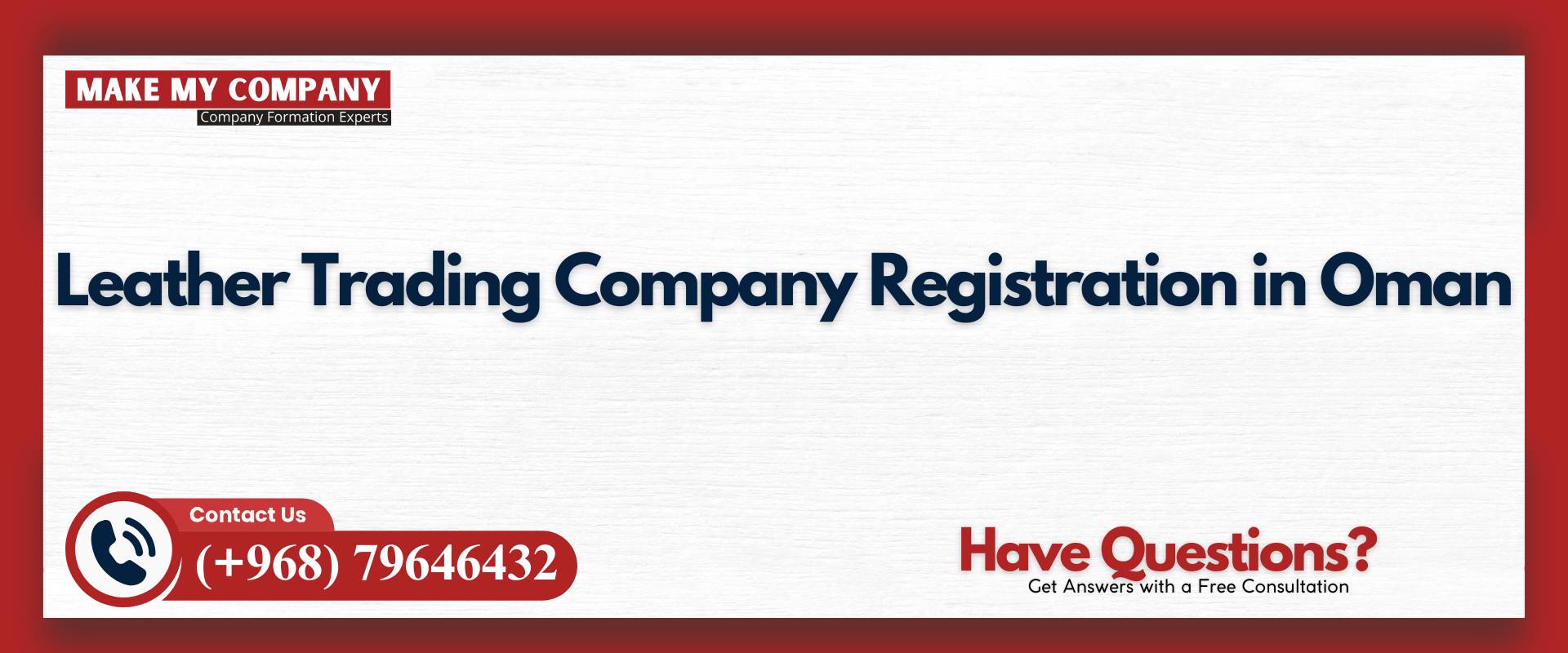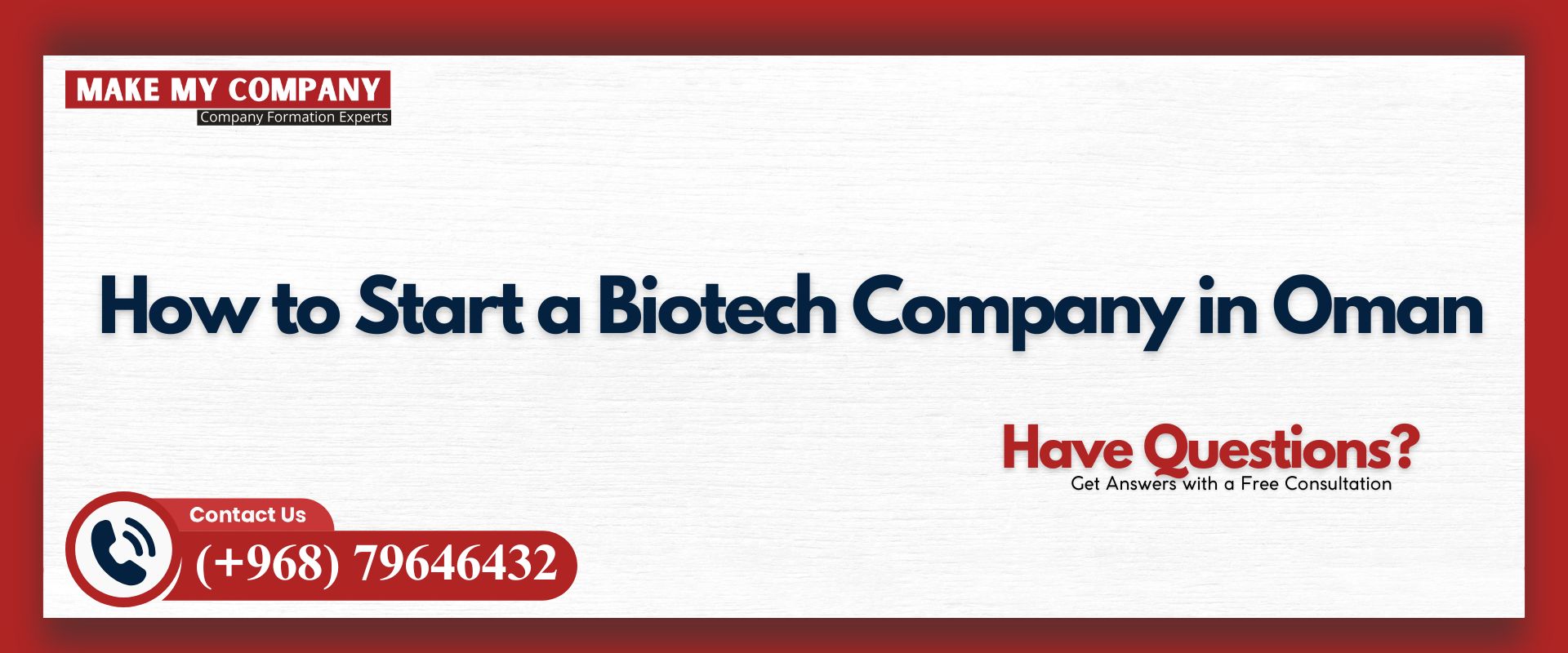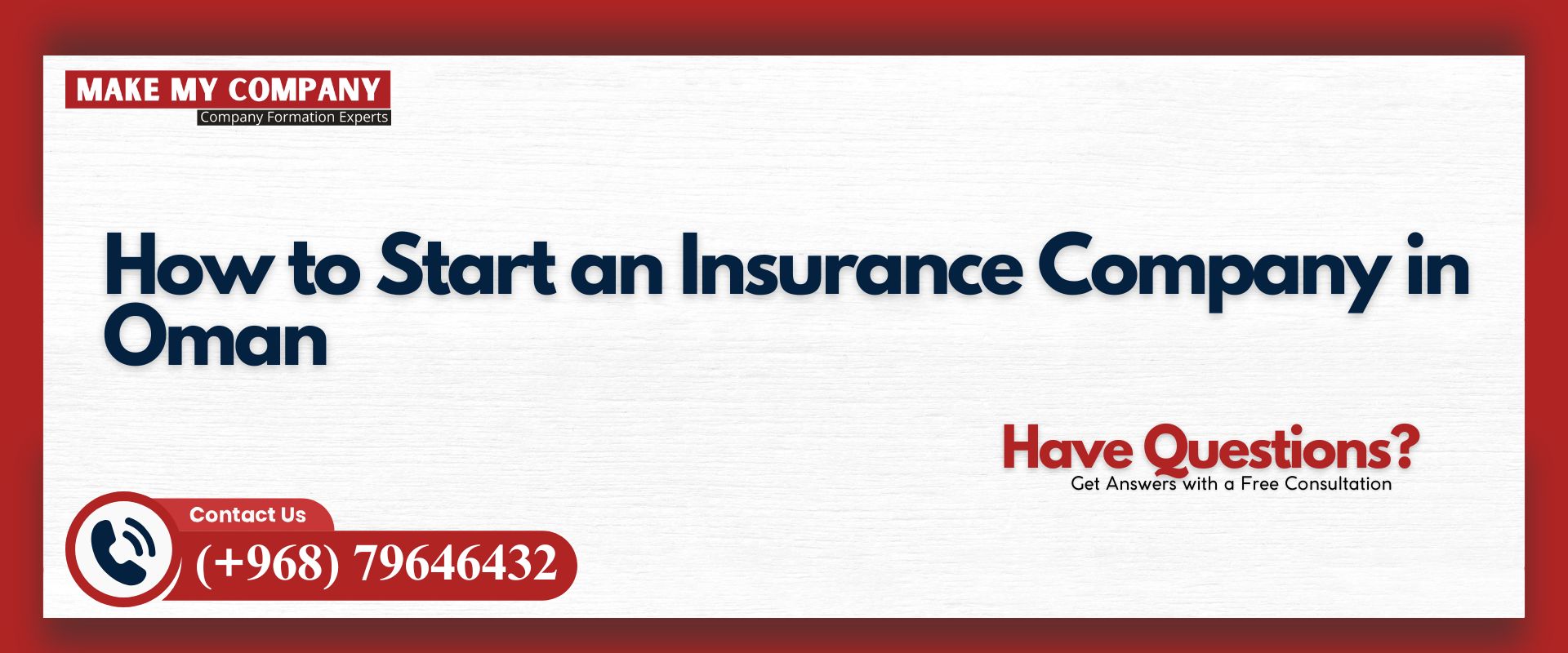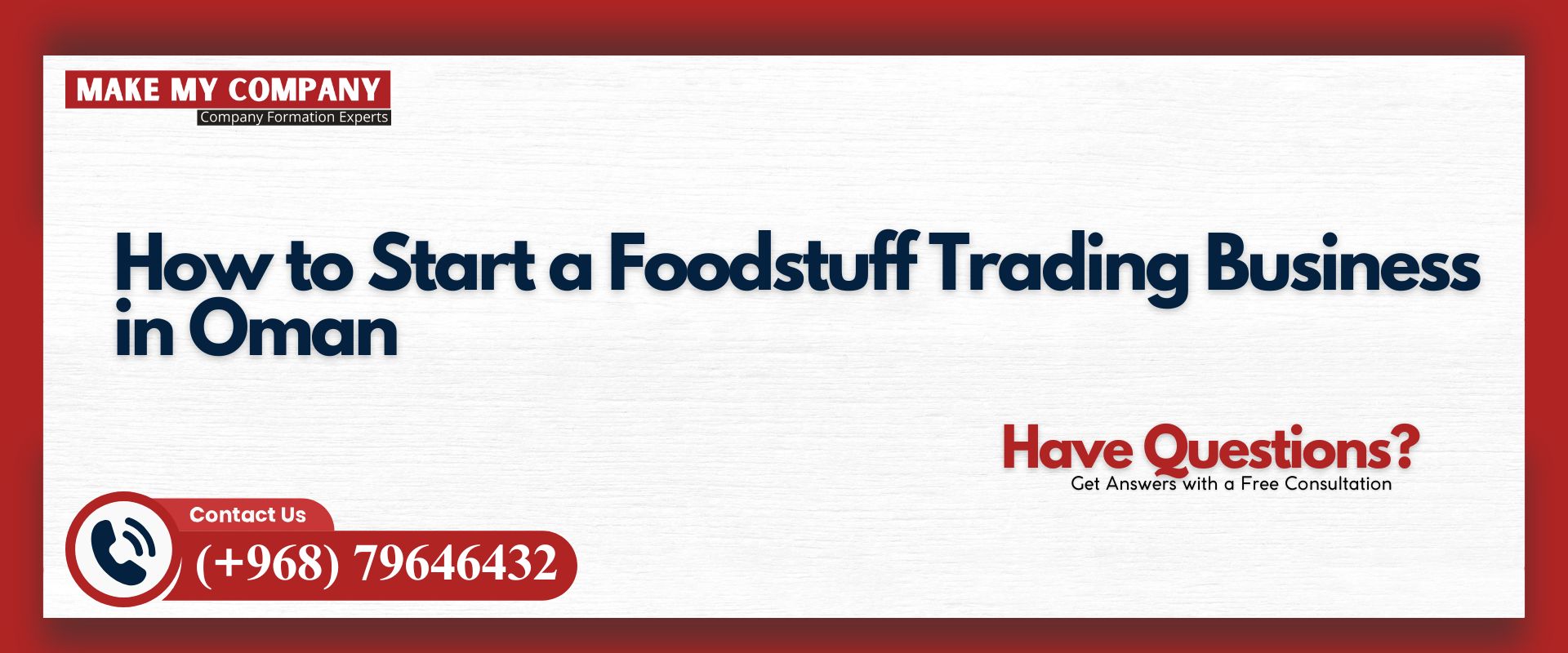The leather trading business in Oman is a lucrative industry, offering immense opportunities for entrepreneurs looking to establish a successful enterprise. With growing demand for leather goods, footwear, furniture, and industrial leather products, Oman’s expanding trade sector presents the perfect environment to start a leather trading business in Oman.
If you are considering entering this industry, this guide will provide you with step-by-step instructions on how to register your company, obtain the necessary licenses, and establish a profitable business.
Why Start a Leather Trading Business in Oman?
Oman’s strategic location and strong trade ties with GCC countries, Asia, and Europe make it an ideal destination for leather imports, exports, and manufacturing. Here are key reasons why investing in a leather trading business in Oman is a smart decision:
High Demand for Leather Goods
- Leather products such as bags, shoes, wallets, and accessories are highly sought after in Oman.
- The hospitality and furniture industries require high-quality leather upholstery.
- Luxury brands and retailers in Oman source premium leather materials.
Strong Leather Import & Export Market
- Oman imports raw hides, processed leather, and finished goods from India, Italy, and Brazil.
- Exporting Omani leather products to UAE, Saudi Arabia, and Africa provides growth opportunities.
Business-Friendly Policies
- Oman offers 100% foreign ownership in specific free zones.
- The government supports SMEs in manufacturing and trade industries.
Strategic Location for Trade
- Oman serves as a gateway for leather trade between Europe, Asia, and the Middle East.
- Major seaports and airports allow easy transportation and distribution of leather goods.
Starting a leather trading business in Oman provides a profitable and scalable business opportunity.
Step 1: Conduct Market Research for Leather Trading Business in Oman
Before launching your leather trading business in Oman, thorough market research is essential. Understanding market trends, competitors, and customer demand helps in creating a strong business strategy.
Identify Your Target Market
- Retail & Wholesale Leather Trading – Selling leather goods to boutiques, retailers, and fashion brands.
- Industrial Leather Trade – Supplying leather for automotive, furniture, and safety equipment.
- Export Business – Repackaging and exporting leather hides, tanned leather, and luxury leather products.
Study Competitor Strategies
- Identify leading leather traders, manufacturers, and importers in Oman.
- Analyze their pricing, product range, and marketing approach.
- Find market gaps where your business can offer unique products.
Choose Your Leather Product Categories
Decide on the type of leather products you want to trade:
- Raw Leather & Hides – Used for tanneries and further processing.
- Finished Leather – Processed and ready-to-use leather for manufacturers.
- Leather Apparel & Accessories – Shoes, handbags, and wallets.
- Furniture & Automotive Leather – Used in car seats, sofas, and upholstery.
Market research will help you define a clear business model.
Step 2: Create a Business Plan
A well-structured business plan is crucial for securing investment, estimating costs, and outlining growth strategies.
Define Your Business Model
- Will your company focus on importing, exporting, wholesale trading, or direct sales?
- Will you operate physically or sell through an e-commerce platform?
- What price range will your products fall under?
Estimate Investment & Costs
- Trade License & Registration Fees – Government licensing and approvals.
- Warehouse & Storage Costs – Renting or owning storage for leather products.
- Import Duties & Customs Fees – Applicable for international leather trade.
- Marketing & Branding Expenses – Website, packaging, and advertising.
Develop a Marketing & Sales Strategy
- B2B Sales – Target leather wholesalers, furniture manufacturers, and retailers.
- E-commerce & Online Sales – Sell via Amazon, Alibaba, and social media platforms.
- Networking & Trade Shows – Participate in leather exhibitions in Oman & GCC.
A comprehensive business plan ensures smooth execution and financial growth.
Step 3: Register Your Leather Trading Business in Oman
To operate legally, you need to register your business and obtain the required licenses and approvals.
Business Registration Process
- Register with the Ministry of Commerce, Industry, and Investment Promotion (MOCIIP).
- Obtain approval from the Oman Chamber of Commerce and Industry (OCCI).
- Select your business structure (Sole Proprietorship, LLC, or Partnership).
Licensing & Permits Required
- Trade License – Required to operate a commercial business in Oman.
- Import & Export License – If dealing with international leather shipments.
- Warehouse & Storage Approvals – Necessary for leather storage facilities.
- Municipality Approvals – Ensure compliance with health and safety laws.
Working with a business setup consultant can help simplify the company registration process.
Step 4: Find Reliable Leather Suppliers & Manufacturers
The success of your leather trading business in Oman depends on sourcing high-quality leather.
Where to Source Leather?
- Local Tanneries & Leather Producers – Support Oman’s local leather industry.
- International Suppliers – Countries like India, Italy, Brazil, and Pakistan.
- Leather Auctions & Wholesale Markets – Direct purchasing from global markets.
Ensuring Leather Quality
- Check for certifications like ISO, REACH compliance, and sustainability approvals.
- Request sample leather batches before bulk purchases.
- Build relationships with reliable and ethical leather suppliers.
Quality sourcing ensures customer satisfaction and repeat business.
Step 5: Set Up Storage & Distribution for Leather Products
Your leather trading business in Oman requires efficient storage and distribution systems.
Choose a Warehouse Location
- Consider free zones in Oman for tax benefits and trade incentives.
- Ensure the storage space maintains humidity & temperature control.
Logistics & Shipping Solutions
- Partner with reliable logistics and freight forwarding companies.
- Offer door-to-door delivery for wholesale buyers and retailers.
Having efficient supply chain management improves profitability and product quality.
Step 6: Market & Promote Your Leather Trading Business
A strong marketing strategy helps increase brand visibility and sales.
Online & Offline Marketing Strategies
- Website & E-commerce Store – Showcase products for online orders.
- Social Media & Digital Ads – Run targeted ads on Facebook, Instagram, and LinkedIn.
- Trade Shows & Leather Exhibitions – Connect with potential buyers and business partners.
Build Partnerships & Distribution Channels
- Collaborate with retail stores, designers, and furniture brands.
- Offer bulk discounts to encourage wholesale orders.
A strong sales & marketing strategy ensures business growth.
Conclusion
Starting a leather trading business in Oman is a highly profitable opportunity for entrepreneurs. With Oman’s strategic trade position, increasing demand for leather products, and government support for businesses, you can establish a successful leather trading company.
By following the right business registration steps, sourcing high-quality materials, setting up logistics, and implementing strong marketing strategies, your business can thrive in the Omani leather market.
If you’re ready to launch your leather trading business in Oman, Make My Company, a leading business setup company in Oman, can assist you with company registration, licensing, and compliance. Get in touch today and start your journey in the leather industry.









